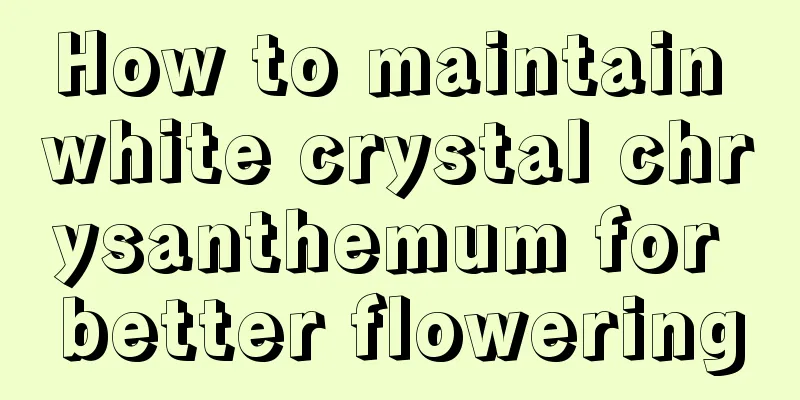4 taboos when growing cucumbers

|
Cucumbers are not only edible all year round, but also have high nutritional value and beauty benefits, so they are deeply favored by consumers. As the number of growers increases, the yield and quality of cucumbers cannot be fully guaranteed due to insufficient planting management and technical services. Let’s learn the 4 taboos of planting cucumbers. 1. Use pesticides correctly In order to save trouble, some farmers may mistakenly pursue high concentrations of pesticides, but the concentration of pesticides is closely related to the effectiveness of pest control. Improper use of pesticides not only results in poor results, but may also lead to pesticide resistance and increase subsequent prevention and control costs. Using pesticides with too low a concentration will result in unsatisfactory control effects, which may lead to increased resistance of pests and diseases to pesticides and increase subsequent control costs. Using pesticides with too high a concentration may cause phytotoxicity to cucumbers under high temperatures and rapidly evaporating water, damaging stems and leaves and causing a waste of resources. 2. Reasonable nitrogen fertilizer application Excessive application of nitrogen fertilizers while neglecting phosphorus and potassium fertilizers, or applying fertilizers too early, can cause excessive growth of cucumber plants. Therefore, when applying fertilizer, you should formulate fertilizer according to the soil test results, balance the ratio of nitrogen, phosphorus and potassium, increase organic fertilizers , supplement trace elements, and combine water and fertilizer management to promote nutrient absorption. 3. Avoid over-irrigation Excessive irrigation will lead to excessive soil moisture and poor air permeability, causing the cucumber roots to rot in an oxygen-deficient state, affecting nutrient absorption and weak plant growth. At the same time, it will also cause waste of water resources. We should adopt the method of frequent watering with small amounts of water and establish an efficient drip irrigation system to achieve precise irrigation. 4. Choose suitable seedlings Some people believe that choosing larger cucumber seedlings can increase the survival rate and shorten the seedling acclimatization period. But in fact, seedlings that are too large have serious root corking and are easily broken during planting, affecting survival. Seedlings that are too large have strong transpiration from leaves and weak water absorption capacity from roots, which can easily lead to death. It is generally recommended to select seedlings that are about 35 days old, have dark green leaves, thick leaves, 3-5 true leaves, and a well-developed root system. The above is an introduction to the four major things to pay attention to when planting cucumbers. Many friends who plant cucumbers do not master the relevant planting knowledge and blindly expand the area. Be careful not to lose more than you gain.
|
<<: What is the reason why aloe vera does not adapt after repotting?
Recommend
How does the succulent Oplina spend the summer?
1. Proper shade When summer comes, the first thin...
Does red maple like water? Is it a water-loving plant?
Does red maple like water? Red maple likes water ...
How to cultivate silk flower
1. Maintenance methods 1. Temperature: It can wit...
What are the fastest growing plants in potted plants?
Some plants can grow into a large area in about h...
How to make bonsai of red flower
Steps for making red flower bonsai Preliminary pr...
Where is the best place to plant ivy? Can I grow it on the balcony?
1. Environmental requirements 1. Adequate light: ...
How to increase oxygen for hydroponic plants
Causes of increased oxygen Oxygen is necessary fo...
What are the cultivation methods and precautions of alum root
Alum root introduction Alumroot, also known as co...
How to reproduce whitehead
Propagation of Pulsatilla by division Best time t...
How many years can Tillandsia be grown?
1. How many years can it be raised? There is no e...
How to prune a lemon tree (when and how to prune it)
When to prune lemon trees Lemon trees are pruned ...
How long is the growing season for corn?
How long is the growing season for corn? The grow...
Can honeysuckle leaves be boiled in water? What are the benefits of boiling leaves in water?
1. Can the leaves be boiled in water? Of course, ...
Can adding urea to corn herbicide increase its efficacy (can herbicides be used together with urea)?
I went out for a walk yesterday and saw some peop...
The flower language and meaning of Vanda orchid
1. Flower Language The flowers it blooms are beau...









